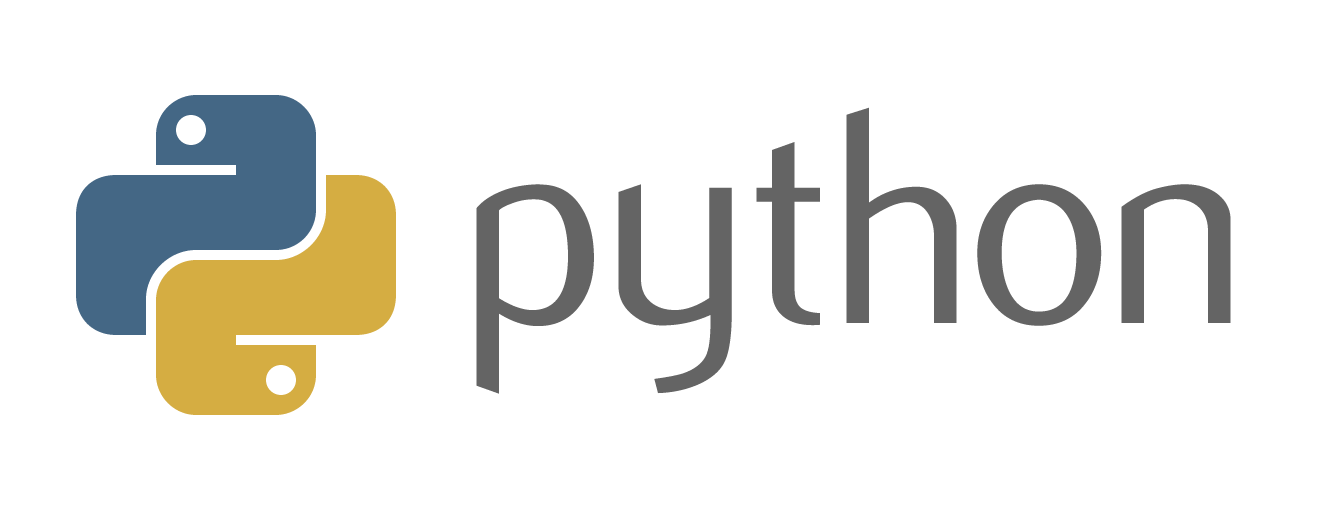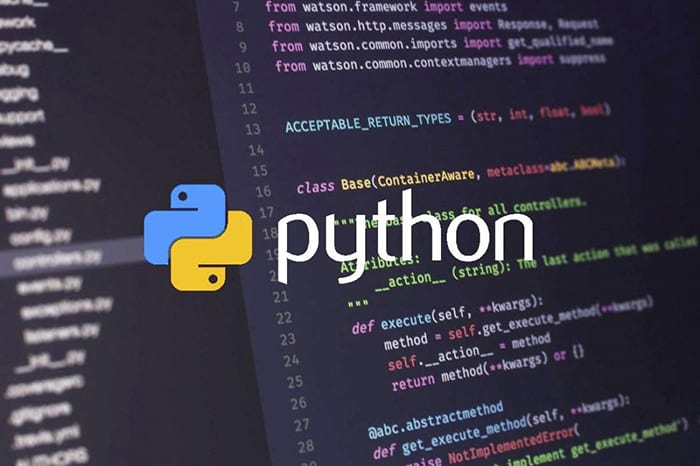Electronic devices have become indispensable pieces of life, and from there, industries related to electronic devices were born. Part of that is programming; people use programming languages to create apps, the web, software development, data science, and machine learning (ML). Python is a widely used and very interesting programming language at the moment. To meet the need to learn about this programming language, we will talk about Python advantages and disadvantages, in the section below. Let’s discuss this together.
What is Python?
Python is a powerful, high-level, object-oriented programming language, created by Guido van Rossum and was first released in 1991. It was designed with the strong advantage of being easy to read, learn and remember. Python is a language with a very bright form, clear structure, convenient for beginners and easy to learn; widely used in artificial intelligence development.
The reason python was created
Guido Van Rossum distributed a number of operating systems for Amoeba in the late 1980s. In order to access the Amoeba system calls, he wanted to use an interpreted language like ABC (ABC has a very simple syntax). So he made the decision to develop an extensible language. As a result, a new language known as Python was created.
Why is this programming language called “python”?
Python is not named after the Greek snake god of the same name. The name “Python” derives from the name of a scene from the late 1970s comedy series “Monty Python’s Flying Circus.” The creator of Python, Rossum, is a fan of this movie. Next, we will find out information about the advantages and disadvantages of Python.
Advantages of Python
Simple programming language, easy to learn
Python has a relatively straightforward syntax. Comparatively speaking, it is significantly simpler to understand and write than other programming languages like C++, Java, and C#. Python makes programming enjoyable by letting you concentrate on problems rather than syntax.
Free, open source
Python may be used and distributed without restriction, even for profit. It is an open source program. In addition, using it to create programs and software, you may also modify its source code. With every release, Python’s large community works to make it better.
Portability
Without requiring any modifications, Python programs can run on different platforms. Almost all platforms, including Windows, macOS, and Linux, run it without a hitch.
Large standard library to solve common tasks
Python includes a substantial collection of standard libraries that, by eliminating the need for you to create all the code yourself, greatly simplify programming.
You want to connect to a MySQL database on a web server, for instance. The MySQLdb library used after import. Numerous people use and have tested these libraries extensively. Besides, you can be confident that it won’t cause your code or application to malfunction.
Object Oriented
Python is entirely object-oriented. OOP, or object-oriented programming, facilitates visual problem solving for complicated issues. Therefore, by generating objects, OOP allows you to break up complicated issues into manageable groupings.
Enterprise application integration
Python offers dependable process management features and implements internet data protocols and formats, making it the ideal choice for Enterprise Application Integration (EAI). Additionally, Python facilitates user interaction with markup languages like XL, executes through the same bytecode on modern operating systems. And it has scripting capabilities.
Integration with other languages
For cross-platform programming, Python provides libraries like Python and Jython that enable integration with other languages including C, C++, and Java. Since no language is flawless and sometimes development calls for a variety of language functions, this is one of Python’s key advantages.
In addition to the advantages, Python also has many disadvantages to note.
Disadvantages of python
Slow execution speed
Python works with the interpreter rather than the compiler since it is an interpreted language. As a result, it executes somewhat more slowly than many other languages, including C, C++, Java.
Large memory consumption
More memory is necessary for Python construct. Development of this language is not feasible under memory-constrained circumstances.
Not suitable for game and mobile development
The majority of desktop and server-side web development uses Python. Due to its higher memory consumption and slower processing speed when compared to other programming languages. So it is not thought to be the best choice for creating games and mobile applications.
Developer Restrictions
Developers will find it challenging to use other languages once they become accustomed to the comfort and simplicity of this one.
Detect errors in the code
Errors cannot be detected during compilation because Python is run through the interpreter rather than the compiler, which is bad for developers.
Database access rights
Python is thought to be quite risky. When accessing the database with Python, there are several restrictions. The Python database access layer is a little immature and basic in comparison to reasonably well-known technologies like JDBC and ODBC.
Design limitations
Python’s design restrictions are one of its main issues.
Conclusion
In short, Python is a really good programming language with many benefits and few disadvantages. So Python can be said to be a very popular language in the software industry. It is also one of the best languages in the world. Check out our article to find out if Python is right for your project.
At ONEXT DIGITAL, our company provides high-quality Mobile Application Development services using advanced technology, contributing to your growth in a mobile-first world. We have many of the best professionals who can turn your ideas into cutting-edge mobile solutions.









